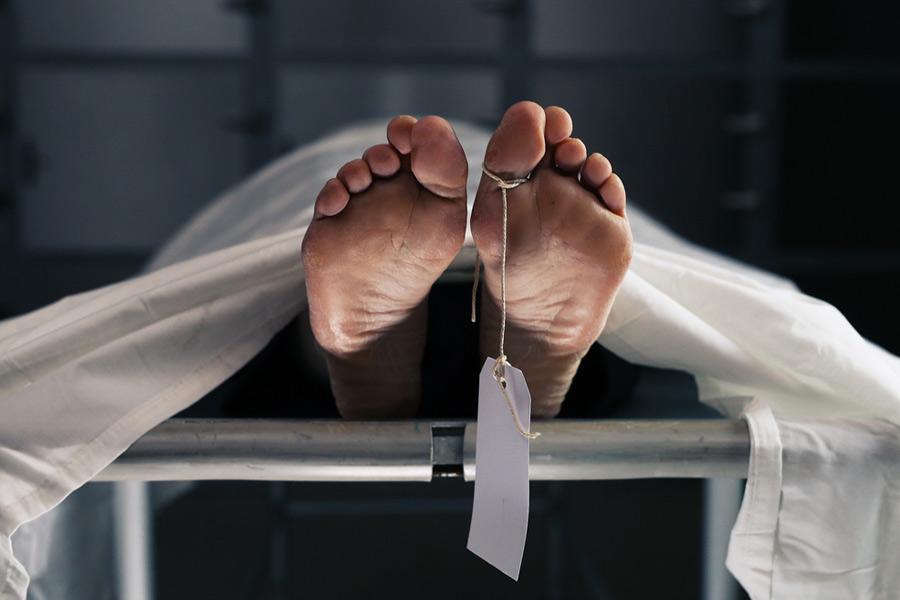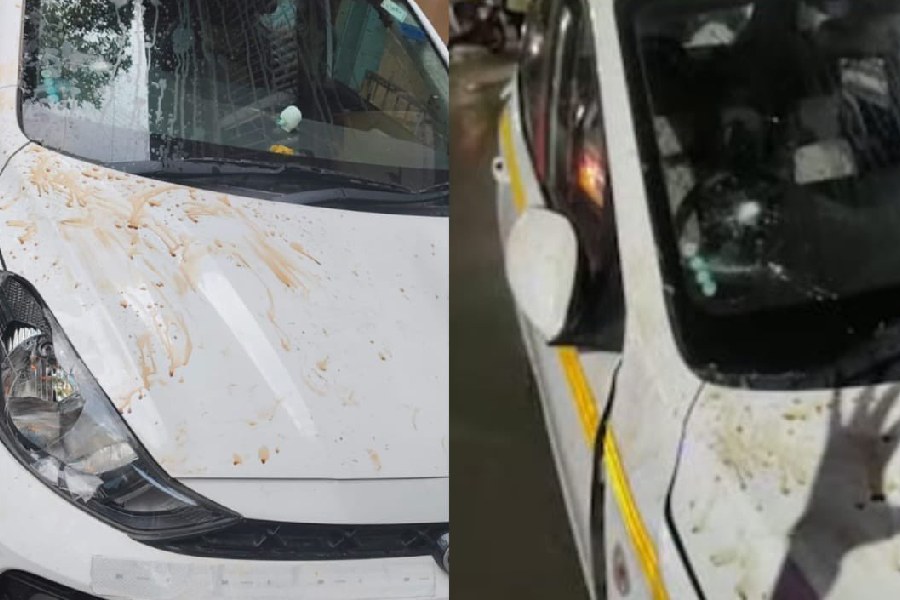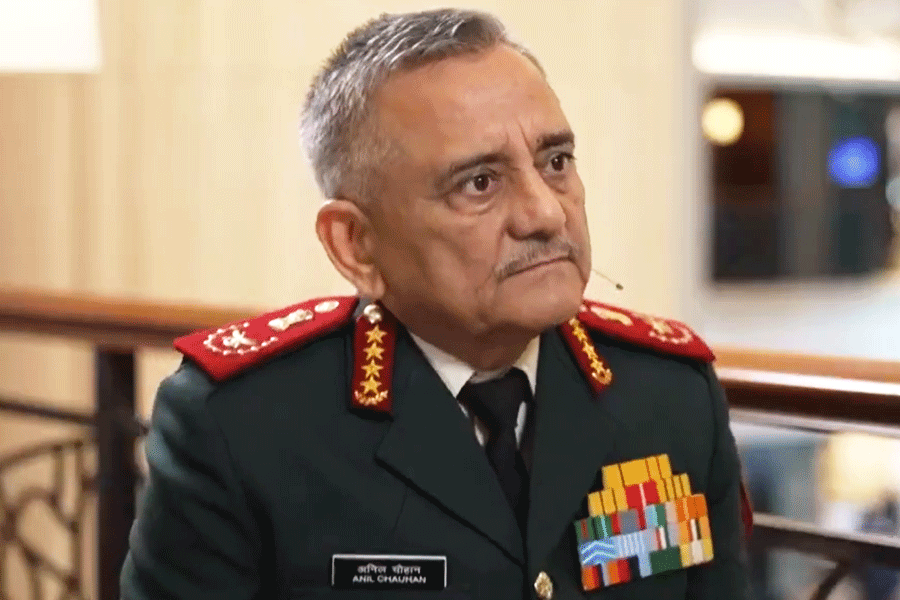
New Delhi, Feb. 8: Kaushik Jayaram has abandoned his childhood fear of cockroaches to acquire a sense of awe over their antics — and develop a prototype robot that promises to do things no robot has done before.
The Indian engineer, who spent over two years trying to extract secrets of cockroaches’ locomotion abilities at the University of California, Berkeley, has helped design a palm-sized, soft-legged robot that can squeeze itself to move across a confined space.
The new compressible robot is a design prototype of what scientists expect to be a new generation of robots that could traverse confined spaces that remain out of bounds for present-day robots, because of the challenges posed by lack of space. The research, published today in the US journal Proceedings of the National Academy of Sciences, represents efforts to draw inspiration from the biological world to develop engineering systems.
“Many of us feel cockroaches are among nature’s most revolting animals, but they can teach us important design principles,” Jayaram, now a post-doctoral scholar at Harvard University’s Wyss Institute for Biologically Inspired Engineering, told The Telegraph.
“We wondered how cockroaches can infest virtually any space — they slip through impassable cracks and crevices by exploiting their rigid, jointed exoskeletons, their soft bodies and shape-changing abilities,” he said.
In a series of laboratory studies, Jayaram and his thesis adviser Robert Full, a UCB professor specialising in biomechanics, documented how cockroaches travel across horizontal crevices smaller than a quarter of their height in less than a second, compressing their exoskeleton.
They found that cockroaches experience compressive forces about 300 times their bodyweight when traversing across the smallest crevices. Their experiments also show that cockroaches can tolerate forces up to 900 times their bodyweight without any injuries.
“We were inspired by the insects’ geometry, material properties and behaviour. Animals with exoskeletons are essentially stiff plates and tubes connected by compliant membranes. Worms, slugs and octopuses were thought to be the best biological models for the emerging field of soft robotics. But engineers should look to arthropods for inspiration, since they also have appendages for fast running, jumping and flying,” Professor Full told this newspaper.
“Cockroach exoskeletons provided the inspiration for the compressible robot,” said Jayaram, who had studied mechanical engineering at the Indian Institute of Technology, Mumbai, before moving to the UCB for a PhD in integrative biology.
The UCB researchers constructed their compressible robot using an origami-like manufacturing technique pioneered by their UCB colleague Ron Fearing. The prototype can crawl in vertically confined space as small as 35mm, or less than half its body height.
“This is a unique and exciting piece of work,” said Sanjay Sane, a senior scientist at the National Centre for Biological Sciences, Bangalore, who was not associated with the UCB research, but is himself an expert in biomechanics and an enthusiast for biologically inspired engineering.
“They’ve tried to answer a question a little child might ask — how does a cockroach squeeze itself to move into tiny spaces?” said Sane. “This work is an example of how basic questions and making discoveries in fundamental science can inspire engineering innovation.”
The researchers say their prototype should be seen as a “first-step” towards a search-and-rescue robot that can move into crevices and could some day penetrate rubble generated by cyclones, earthquakes or explosions to look for survivors.
But they caution that compressible robots would need improved materials, sensors, and control systems to be ready for real-world applications. “We’re just beginning to explore materials and adding sensors for real-world use,” Full said.
Jayaram, who grew up in Bangalore, recalls that during his school years, he viewed cockroaches as “these dirty and sticky things” that would crawl into the house from the front garden. “Now, they’re a source of and ideas for design,” he said.
The compressible robot uses leg reorientation and body compression to move in vertically confined spaces, relying on a flexible back spine and a flexible shell made of overlapping plates similar to the exoskeletal plates of the cockroach abdomen.










